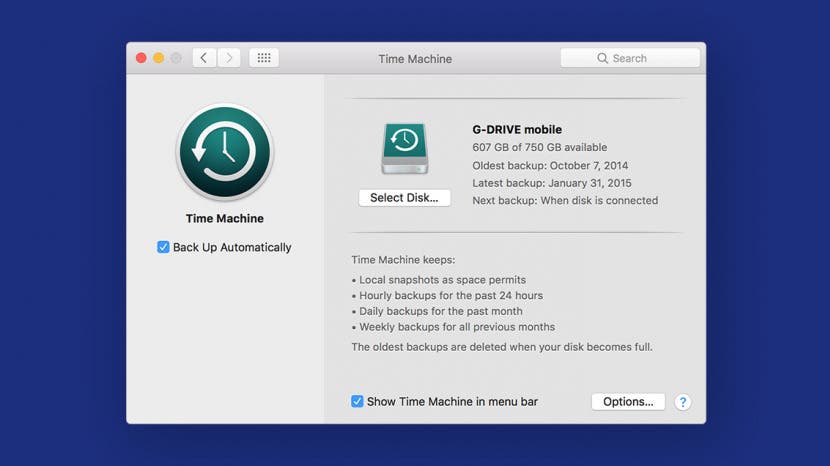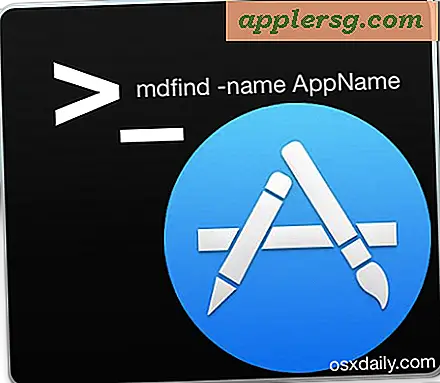

You may need to click “Yes” on Windows’ User Access Control dialog to continue. Right-click the entry and click “Uninstall.” Michael Crider/Digital Trendsįollow the on-screen prompts in the pop-up windows to uninstall iTunes.

Afterward, click “Programs and Features” and located iTunes in the list. In Windows 7 or earlier, click the Start button and find the Control Panel. In Windows 8 or later, press the Start button or Windows key, then begin typing “add or remove programs.” Then, click on the link that appears, and in the Settings menu, scroll down until you find “iTunes.” Click “Uninstall,” then “Uninstall” again to begin the process. If you want to fall in the latter category, ere’s how to get rid of iTunes in Windows and MacOS. In recent years, smartphones have relied less and less on local music and video, and iPhones and other Apple devices no longer need iTunes to be set up. iTunes had become something of a bloated monster, so much so that many desktop users have done away with it altogether to increase their performance, and simply have one less thing to deal with. If you encounter some Windows and Mac related issues and can’t solve them, you can let us know in the comment. These are the three methods to disable the unnecessary startup programs on your Mac computer. Next time, when you start your Mac normally, the Mac startup apps will boot up as usual unless you have changed Mac startup apps using the first two methods. This operation just works for the current Mac booting up. By doing this, the Mac startup apps will not load.

You can release the key when you see Dock. It is possible to do this and it is easy.Īfter you input your login information, you should hold the Shift key on the keyboard.

Perhaps, you want to temporarily disable Mac startup apps during the startup process. Method 3: Temporarily Disable Mac Startup Apps So, it will be quick and easy to call it out when you need to use it. This operation can make the selected app not show up on the screen after booting up your Mac.


 0 kommentar(er)
0 kommentar(er)
